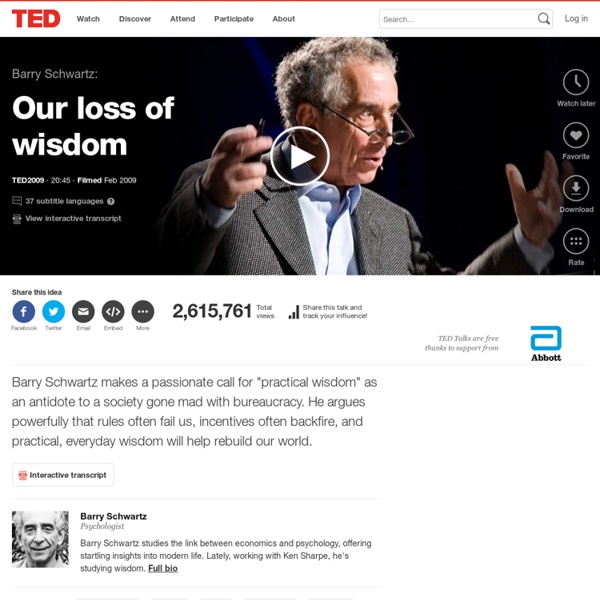



What I Learned Watching 150 Hours of TED Talks - Carmine Gallo by Carmine Gallo | 11:00 AM April 11, 2014 What makes for a great presentation — the kind that compels people’s attention and calls them to action? TED talks have certainly set a benchmark in recent years: HBR even asked Chris Anderson, the group’s founder, to offer lessons drawn from the three decades he’s run TED’s signature events in an article published last summer. But experience and intuition are one thing; data and analysis are another. What could one learn by watching the most successful TED talks in recent years (150 hours’ worth), talking to many of the speakers, then running the findings by neuroscientists who study persuasion? I did just that, and here’s what I learned: Use emotion. I divided the content of his talk into Aristotle’s three areas of persuasion. Stories that trigger emotion are the ones that best inform, illuminate, inspire, and move people to action. Be novel. As neuroscientist Dr. Emphasize the visual.
MIT Media Lab &Cognitive Limit of Organizations This is a slide that I got from Cesar Hidalgo. He used this slide to explain a concept that I think is key to the way we think about how the Media Lab is evolving. The vertical axis of this slide represents the total stock of information in the world. The horizontal axis represents time. In the early days, life was simple. We did important things like make spears and arrowheads. At some point, however, the amount of knowledge required to make things began to exceed the cognitive limit of a single human being. When the Media Lab was founded 25 years ago, many products were still single-company products and most, if not all, of the intellectual property was contained in a single company. In a world in which implementing the next generation of ideas will increasingly require pulling resources from different organizations, barriers to collaboration will be a crucial constraint limiting the development of firms. This is a slide that I got from Cesar Hidalgo.